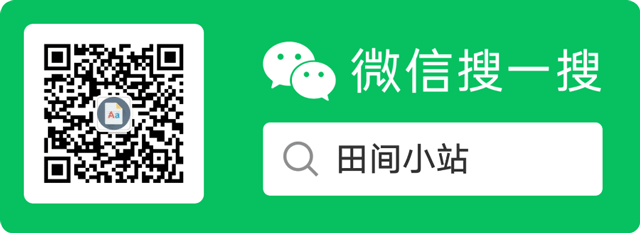Baby AI
宝宝人工智能
Scientists have trained an AI through the eyes of a baby
科学家通过婴儿的视角训练人工智能
“Chair” and “ball” were among little AI’s first words
“椅子”和“球”是这个宝宝AI学会的首批词汇之一
FOR DECADES linguists have argued over how children learn language. Some think that babies are born as “blank slates” who pick up language simply from experience—hearing, seeing and playing with the world. Others argue that experience is not enough and that babies’ brains must be hardwired to make acquiring language easy.
几十年来,语言学家对儿童是如何习得语言的争论不休。一些人认为婴儿生来“白纸一张”,仅凭体验(听、看和与外界互动)来学习语言。其他人则认为体验还不够,婴儿的大脑必然天生具备一些条件,能让语言习得变得容易。
- slate (旧时学生用以写字的)石板
- hardwired (计算机系统)硬接线的,硬连线的;(能力、方法、活动类型)基本的,固有的,无法改变的
AI models such as GPT-4 have done little to settle the debate. The way these models learn language—by trawling through reams of text data from millions of web pages—is vastly different to the experiences of babbling babies.
GPT-4等AI模型在解决这个争论方面作用甚微。这些模型通过搜罗千百万网页上的海量文本数据来学习语言,这与婴儿咿呀学语的过程截然不同。
- trawl 查阅(资料);搜集,搜罗,网罗(人或物)
- reams 大量的文字(或写作)
- babble 含混不清地说;嘀里嘟噜地说
